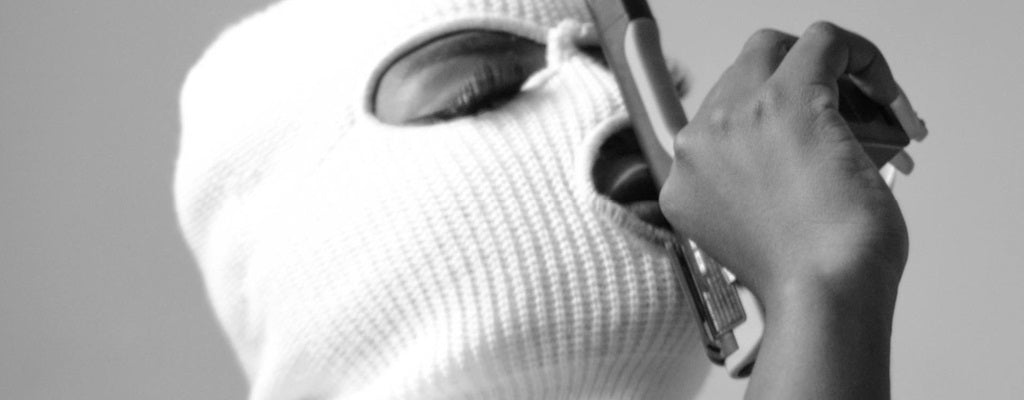
What is the ideal weight for a cyclist?
The power-to-weight ratio fascinates all cycling enthusiasts, from amateurs to professionals. This metric, often considered the Holy Grail of cycling performance, reveals much more than just a number: it unveils the true potential of an athlete, especially in the mountains. After 15 years of experience as a cycling coach and physical trainer, I have seen the critical importance of this ratio in the progression of my athletes.
Understanding the power-to-weight ratio
The power-to-weight ratio (PWR) represents the maximum power a cyclist can produce per kilogram of body mass. This metric is expressed in watts per kilogram (W/kg). According to a study published in the Journal of Sports Sciences, this ratio is the best indicator of performance in climbing.
Why is it so important?
Gravity plays a crucial role in cycling, particularly in climbs. Dr. Andrew Coggan, a pioneer in power analysis in cycling, explains: "On a 6% slope, about 90% of the total resistance comes from gravity." This is why professional climbers constantly optimize their power-to-weight ratio.

The ideal weight of a cyclist
We have all asked ourselves at least once in our lives: “What is the ideal weight for a cyclist?”. This question deserves a nuanced answer. The ideal weight depends on several factors:
- Natural morphology and genetics play a crucial role in determining optimal weight.
- The type of cycling practiced directly influences muscle mass needs.
- Personal goals must align with a realistic weight strategy.
- Overall health remains the top priority in weight management.
Different cyclist profiles and their typical weights
1. Elite climbers:
- Average height of 1.75m for optimal climbing performance.
- Weight between 58-65 kg to maximize the power-to-weight ratio.
- Example: Warren Barguil maintains 62kg for 1.77m consistently.
2. Rouleurs:
- Standard height of 1.75m suitable for hilly courses.
- Weight ranging from 68-75 kg to combine power and agility.
- Example: Julian Alaphilippe performs at 70kg for 1.73m.
3. Sprinters:
- Average height of 1.75m allowing for a good aerodynamic position.
- Weight varying from 75-85 kg to optimize explosive power.
- Example: Peter Sagan excels at 78kg for 1.84m.
Calculating the power-to-weight ratio: the fundamentals
To determine your power-to-weight ratio, the formula is simple but requires precise measuring tools. According to the study published in Medicine & Science in Sports & Exercise, the accuracy of measurements is crucial for obtaining reliable data.
How to calculate your PWR?
The basic formula is as follows: PWR = Maximum power (in watts) / Body weight (in kg)
For example, a cyclist weighing 70 kg capable of producing 280 watts for 20 minutes will have a PWR of 4 W/kg.
Reference durations for calculation
The standard periods for evaluating PWR are:
- 5 seconds for explosive power in sprints.
- 1 minute for anaerobic power.
- 5 minutes for threshold power.
- 20 minutes for maximum aerobic power.
- 1 hour for pure endurance.

Standards by level of practice
Amateur cyclists
According to data collected by TrainingPeaks on over 100,000 cyclists:
- Beginner: 1.5-2.5 W/kg over 20 minutes.
- Intermediate: 2.5-3.5 W/kg over 20 minutes.
- Advanced: 3.5-4.5 W/kg over 20 minutes.
- Expert: 4.5-5.5 W/kg over 20 minutes.
Professional cyclists
According to data published in International Journal of Sports Physiology and Performance:
- Professional climbers: 6.0-6.5 W/kg over 20 minutes.
- Professional rouleurs: 5.5-6.0 W/kg over 20 minutes.
- Professional sprinters: 5.0-5.5 W/kg over 20 minutes.
Optimizing the power-to-weight ratio
Strategies for improving power
- Structured training
- High-intensity interval training (HIIT): 2-3 sessions per week.
- Long endurance rides: at least once a week.
- Specific threshold work: 1-2 weekly sessions.
- Optimal recovery
- Quality sleep: 7-9 hours per night.
- Nutrition tailored to training loads.
- Periodization of training with rest phases.
Weight management
Dr. Asker Jeukendrup, a renowned sports nutritionist, recommends:
- A gradual weight loss not exceeding 0.5 kg per week.
- Maintaining sufficient protein intake (1.6-2g/kg/day).
- Optimal hydration (minimum 2L of water per day).
Expert opinions
Dr. Xavier Bigard, a sports physician and medical director of the UCI, states: "The power-to-weight ratio is a crucial indicator, but it must be optimized with respect to the athlete's health. I have too often seen cyclists sacrifice their well-being for a few watts per kilo."
Laurent Jalabert, former professional cyclist and consultant, shares his experience: "In my career, I had to adjust my weight according to my goals. For the Tour de France, I would lose about 3 kg, going from 71 to 68 kg, while maintaining my power. It was a delicate balance."
Recent scientific studies
A study published in Sports Medicine in 2023 reveals that:
- 75% of climbing performance can be explained by the PWR.
- A 1% improvement in PWR can reduce climbing time by 45 seconds on a 10 km climb.
- Weight stability is more important than extreme optimization.
Practical recommendations by level
For beginners
- Establish a power baseline with a reliable sensor.
- Focus first on technique and endurance.
- Do not obsess over weight in the first months.
- Aim for a progression of 0.2-0.3 W/kg per quarter.
For intermediate cyclists
- Structure training with power zones.
- Introduce specific mountain sessions.
- Work with a sports nutritionist.
- Keep a detailed training log.
For competitors
- Plan regular power tests.
- Periodize weight according to the race calendar.
- Collaborate with a multidisciplinary team.
- Monitor health markers.
FAQ: Frequently asked questions
What is the best time to optimize my PWR?
The winter period is ideal for working on power, while weight refinement is done gradually as goals approach.
How to avoid power loss while losing weight?
- Maintain sufficient caloric intake.
- Prioritize quality proteins.
- Keep intensive sessions.
- Track performance with regular tests.
What is the impact of age on PWR?
A study from the University of Copenhagen shows a natural decrease of 1-2% per year after age 35, but this can be limited by appropriate training.
Conclusion
Optimizing the power-to-weight ratio is an art that requires patience, rigor, and listening to one's body. My experience as a coach has taught me that there is no magic formula, but rather a personalized approach that takes multiple factors into account.
The key lies in consistent and sustainable progress, without compromising health. Remember that even the greatest champions took years to reach their optimal PWR.
Do not hesitate to consult qualified professionals to assist you in this quest for optimization, as every body is unique and deserves a tailored approach.


Leave a comment
This site is protected by hCaptcha and the hCaptcha Privacy Policy and Terms of Service apply.